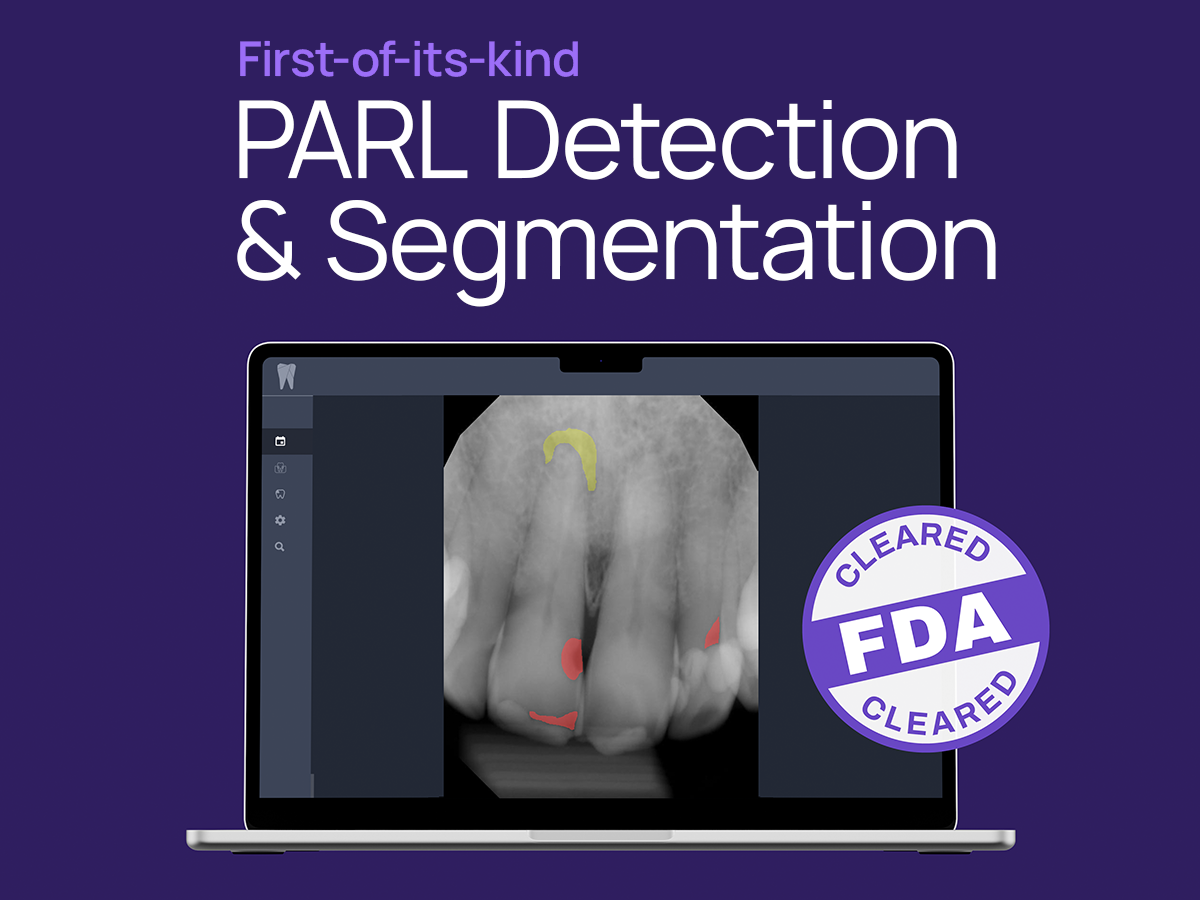Some decisions are optional. Your DSO’s online presence isn’t one of them. Neither is how to optimize your DSO website for attracting new patients.
Optimization ranks high on the list of intentional online strategies. Speaking of ranking, your dental SEO (Search Engine Optimization) strategy is at the top of those strategies.
How to Optimize Your SEO
First, it’s essential to understand that more than half of the US population searches online for local businesses and services. Being among those businesses that achieve a high ranking in one of those searches is the result of SEO.
You might think, “Isn’t SEO about keywords?”
Yes, it is.
But there’s more to optimization than the amount or placement of keywords within your DSO website copy or content.
The key is relevance and intuition.
Optimization relies on what patients are searching for (keywords) and why they’re searching for it (intuition).
- Know your audience
- Know how to attract them
That brings us to a discussion about strategies.
How to optimize your DSO website to attract and keep dental patients
Know how people search for dental services
Again, this comes down to keyword relevance. Search terms and phrases can differ depending on what a person is seeking in the moment.
For example, new patients or those searching for a dentist will likely use location-based keywords or key phrases such as:
- “Dentist near me”
- “Dentist in (city name”
- “Local dentist”
Those terms will produce a number of results when typed or spoken into a search query. Whether or not a practice in your DSO appears in the search results has to do with your optimization strategy.
A good example is utilizing Google My Business (GMB). A large percentage of potential patients rely on Google Maps to locate a dentist.
Optimizing your GMB to rank in the top three listings is key.
That means:
- Following the instructions for claiming and verifying your dental practices’ GMB listings.
- Completing all essential GMB information (e.g. hours of operation, service, insurance network, etc).
- Updating your GMB listing with new, current, and relevant content.
Next, new or current patients could also search according to service-based keywords. Those might include:
- “Invisalign in (city name)”
- “Emergency dentist”
- “Teeth whitening near me”
Search results will tip in your favor when you have relevant and useful keyword or key phrase content on your website (more on that strategy in a moment).
The big idea on this overall strategy is applying an amount of intuition about how the dental-seeking public searches for you and/or your services.
- Explore Google research tools and know how they function (e.g. Google Autocomplete, Google Search Console, Google Trends, etc).
- Evaluate your keyword usage throughout your website – specifically on ranking pages such as your Home Page, Services pages, and Blog content. Avoid keyword stuffing that reads unnatural or non-conversational.
- Encourage your team to listen to patient inquiries, patient questions, comments on social media, etc. These provide intuitive insight into what’s on the mind of your “audience.”
Invest in the creation of relevant and useful dental content
Search engines, like Google, reward content. But not just any content – audience-centric, informative content that’s relevant to your services.
These may include:
- Blog content
- Social media content
- Topical/themed e-newsletter content
- Brief video content
- Audio/podcast content
Each has a compelling quality for attracting dental patients to your website and achieving the most important result: highlighting the expertise and services of your DSO’s supported dentists.
There are core qualities that make your dental content useful and compelling.
- It’s engaging. People who “click” on your content via an online search are seeking answers and solutions.
- It’s keyword/key phrase focused. Online searches will tag it as relevant to the question or inquiry of a current or potential patient.
- It’s compelling. People who choose to engage with your content are more likely to stay longer on your website if the content meets their need.
These qualities highlight the need to appeal to the real questions, “pains,” problems, or interests of the dental-seeking-public. It’s essential that your content connects visually, emotionally, and informatively.
Evaluate the UX (User Experience) of your DSO website
A website that’s easy to use and navigate will make a difference for your new and current patients. Lack of “bugs,” fast load times, mobile optimization, security, etc all factor into an optimized website.
Ask and answer these questions:
- Is the site navigation logical or confusing?
- Do site visitors find answers to their questions or solutions to their problems?
- Are the internal links active and sequential for information access?
- Is the page content audience-centric, understandable, clear, and conversational in tone?
- Do your page headings engage visitors or distract them from exploring your content?
- Are there visible links to your social media channels where visitors are compelled to connect there as well?
- Is it easy to contact your practice(s), communicate further, or inquire about your services?
- Is there a “patient portal” where visitors can securely provide necessary information (e.g. health history, insurance and payment information, etc)?
- Do you have a Google Map link embedded so a site visitor can easily locate your practice(s)?
- Can visitors read reviews/testimonials and is it simple to comment or provide a review?
Use these questions to evaluate the UX of your DSO website(s). Strategize and make improvements with your leadership or individual practice teams to assure an effective online patient experience.
It’s vital that the supported practices in your DSO have an optimized website and online presence. Give your DSO an additional advantage through innovative technology such as AI (Artificial Intelligence).
The beneficial qualities of AI for dentistry are proving valuable for DSOs. Explore the following resources to enlighten your perspective:
3 Practical Applications of AI in Dentistry
How AI Technology Improves the Dental Patient Experience
Trust technology leadership utilized by some of the largest DSOs
Overjet is a proven leader in dental artificial intelligence, helping both providers and payers improve patient care. Learn more about Overjet or request a demo.











